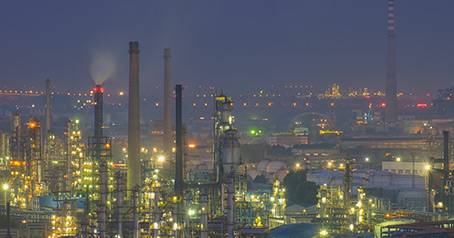Jul . 26, 2024 13:36 Back to list
Exploring the Benefits and Applications of Plastic Irrigation Pipe Fittings for Efficient Water Management
The Importance of Plastic Irrigation Pipe Fittings
Irrigation systems play a crucial role in modern agriculture, allowing growers to manage water resources effectively and enhance crop yields. Among the essential components of these systems, plastic irrigation pipe fittings are often overlooked, yet they are vital for ensuring the efficient delivery of water to crops. This article will explore the significance of plastic irrigation pipe fittings and their advantages over traditional materials.
Understanding Plastic Irrigation Pipe Fittings
Plastic irrigation pipe fittings are connectors used in various irrigation systems, including drip, surface, and sprinkler irrigation. These fittings are typically made from materials such as PVC (polyvinyl chloride), polyethylene, or polypropylene. Their design allows for the seamless connection of pipes, thereby facilitating the flow of water throughout the system.
Advantages of Plastic Fittings
1. Corrosion Resistance One of the primary benefits of plastic fittings is their resistance to corrosion. Unlike metal fittings, which can rust over time, plastic fittings maintain their integrity and performance even when exposed to water and various chemicals. This durability ensures a longer lifespan for irrigation systems, reducing the need for frequent replacements and maintenance.
2. Lightweight and Easy to Handle Plastic fittings are significantly lighter than their metal counterparts, making them easier to transport and install. This characteristic reduces labor costs and enhances the efficiency of installation processes. Farmers and irrigation specialists can quickly assemble or modify their irrigation systems without the need for heavy lifting or specialized equipment.
plastic irrigation pipe fittings

3. Cost-Effectiveness Plastic irrigation pipe fittings are generally more affordable than metal fittings. This affordability allows farmers, especially those operating on tight budgets, to invest in quality irrigation systems without compromising on their budgets. Additionally, the durability of plastic fittings means that farmers will save money on replacements and repairs in the long run.
4. Flexibility and Versatility Plastic fittings come in a variety of shapes and sizes, allowing for versatile designs and configurations in irrigation systems. This adaptability enables farmers to customize their systems to fit the specific needs of their crops and fields. Whether it’s creating intricate drip systems or modifying existing layouts, plastic fittings can accommodate a variety of agricultural practices.
5. Ease of Installation and Maintenance The installation of plastic fittings is straightforward, often requiring only basic tools. This simplicity makes it possible for farmers to carry out installations and repairs themselves, further reducing costs. Maintenance is also minimized, as plastic fittings do not require the same level of care as metal fittings, which may need regular checks for corrosion or wear.
Environmental Considerations
As sustainability becomes increasingly important in agricultural practices, plastic fittings can offer eco-friendly solutions. Many manufacturers now produce plastic fittings from recycled materials, reducing waste and promoting a circular economy. Additionally, the efficient water delivery of these systems can lead to reduced water usage, contributing to environmental conservation efforts.
Conclusion
Plastic irrigation pipe fittings are integral components of modern irrigation systems. Their many advantages—such as corrosion resistance, lightweight nature, cost-effectiveness, flexibility, and ease of installation—make them an ideal choice for agricultural applications. As farmers continue to seek ways to optimize water management and enhance crop productivity, investing in quality plastic fittings represents a practical and sustainable solution. By understanding the value of these fittings, growers can make informed decisions that benefit both their operations and the environment.
-
Durable PP Rigid Sheet: Lightweight, Chemical Resistant Solutions
NewsAug.21,2025
-
PVC Grey Sheet for Extraction: Chemical Resistant & Durable
NewsAug.19,2025
-
Durable PVC Pipe Fittings for Plumbing & Irrigation Needs
NewsAug.18,2025
-
HDPE Steel Belt Reinforced Spiral Corrugated Pipe | High Strength
NewsAug.17,2025
-
HDPE Pipe Fittings: Durable, Leak-Proof Solutions
NewsAug.16,2025
-
Premium CPVC Sheet: High-Temp & Chemical Resistant Solutions
NewsAug.15,2025

